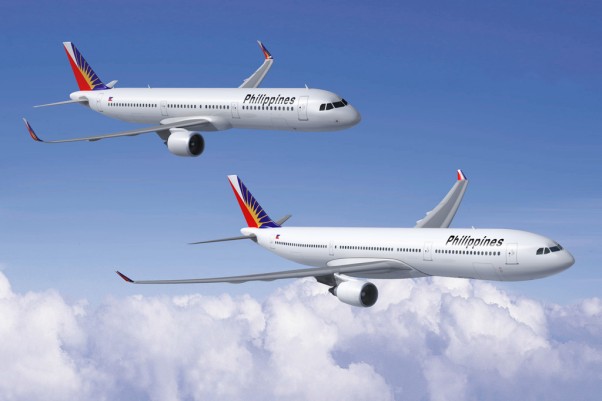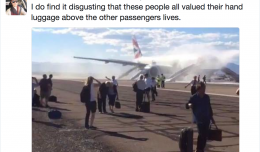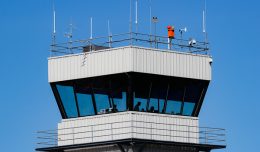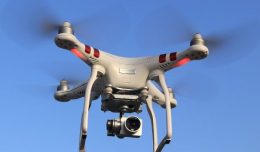The government of the Philippines is implementing further aviation reforms in the hopes of restoring the country’s air safety rating in the United States, officials said on Thursday. The government is also hoping it will be removed from the European Union (EU) aviation blacklist.
Philippines presidential spokesman Edwin Lacierda said the government is implementing additional reforms to improve the country’s aviation status, but he gave no specific details about the reforms. The statement comes just two months after the Civil Aviation Authority of the Philippines (CAAP) elected Lt. Gen William Hotchkiss III as the agency’s director general.
“They have been making the necessary reforms and in due time we hope we will be removed from Category 2 status (in the United States),” Lacierda said during his daily press briefing at Malacañan Palace. “It not only affects the budget airlines, it also affects our airlines leaving for Europe, leaving for the United States. So that’s what we want to achieve, to be taken out of Category 2 status as early as possible.”
The U.S. Federal Aviation Administration (FAA) in January 2008 downgraded the air safety rating of the Philippines from Category 1 to Category 2, saying the local aviation sector failed to meet international safety standards. The decision prohibits Philippine carriers from increasing their flights to the United States and from changing the type or number of aircraft used on existing routes.
Lacierda assured that the government is working hard to ensure that the aviation status of the Philippines is reverted back to Category 1. CAAP in April 2011 promised President Benigno Aquino III that the agency would implement sufficient reforms to receive an upgrade to Category 1 by the end of 2011, but progress was slow.
In March 2011, President Benigno Aquino III signed an executive order to liberalize the entry of foreign carriers into the Philippines and allowing more competition as a result. “Under this order, we will allow foreign carriers to fly into key destinations in the Philippines,” the president said at the time. “Beyond that, we are also addressing technical and regulatory issues that have been allowed to worsen in the previous decade.”
To address some of the concerns raised by the FAA and the European Union, the Philippines government hired a number of technical personnel and consultants in April 2011. The government said it also hired more pilots to address foreign concern about a lack of qualified personnel at regional carriers.







